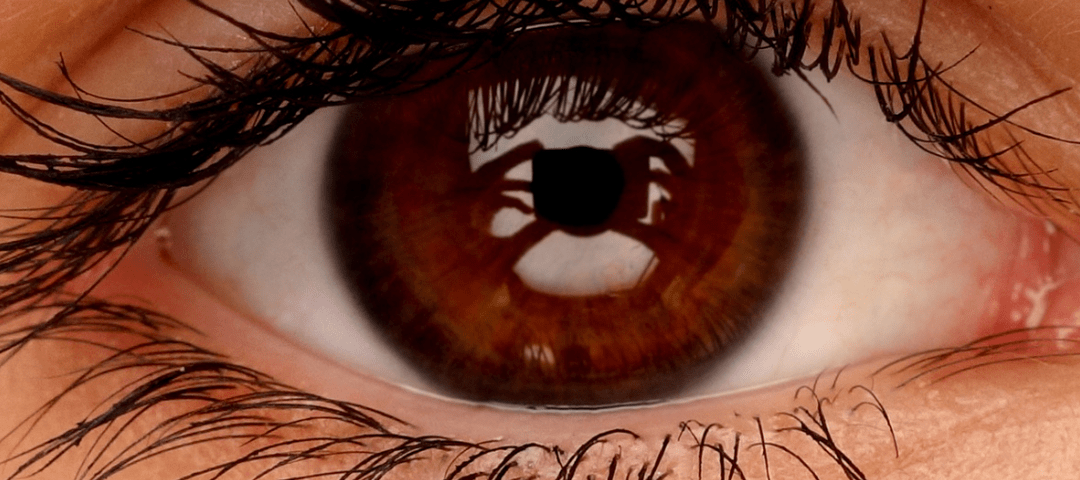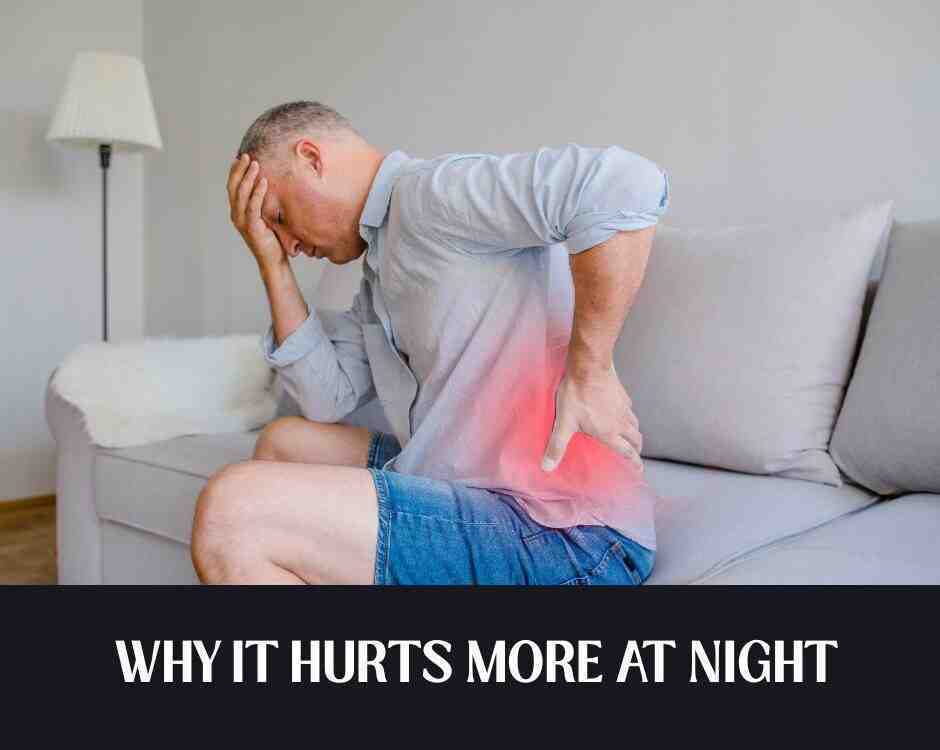Car Accidents and Eye Injuries

Tips to Fall Asleep Faster
August 30, 2024
Health Benefits of Water
September 9, 2024- Accident doctor
- accupuncture
- airplane headache
- alzheimer's
- best habits
- Brain Injuries
- car accident
- car accidents
- cervical strain
- colds
- concussion
- Concussions
- disc bulge
- dosage meds
- dry needling
- dull pain
- E bike injuries
- florida
- good posture
- headaches
- Headrest positions
- Headrest positions after an accident
- Healthy choices
- Healthy flying
- healthy gift guide
- Healthy SPring Ideas
- hip pain
- hyperextension
- injury doctor
- insurance
- Kayaking
- kentucky
- kids motion sickness
- lifestyle
- motion sickness
- neck injury
- no fault insurance doctor
- noise healing
- osteoporosis
- pain symptoms
- pink noise
- posterior chain
- posture
- prevent osteoporosis
- Rest
- Scoliosis
- shoulder pain
- Stress with kids after a motor vehicle accident
- TBI
- tips
- tmj
- torn muscle
- Traumatic Brain Injury
- trigger points
- VitaminD
- What are Post Traumatic headaches?
Car Accidents and Eye Injuries
Dr. Deryk Harting, a patient favorite of Chambers Medical Group, one of the highest rated car accident medical facilities in the Tampa Bay area, speaks candidly on eye injuries associated with car accidents.
A car accident can cause eye injuries in various ways. Direct impact from the collision can result in debris or vehicle parts striking the head and eyes. Airbags, while designed to protect occupants, can sometimes deploy with enough force that they damage the eye or injure the surrounding areas. Additionally, the violent movement of the head during a crash can damage the eyes, especially if the skull strikes a part of the vehicle. Concussions and traumatic brain injuries can also affect vision and cause symptoms like blurred or double vision. In other cases, exposure to chemicals or substances within the vehicle, like a ruptured airbag or spilled fluids, can cause eye irritation or chemical burns. Vision can also be impacted secondarily from injuries like orbital fractures and other severe head injuries. Here are 5 common eye injuries and conditions caused by car accidents:
- Corneal Abrasions: A corneal abrasion is a scratch or scrape on the cornea (the clear outer layer of the eye) often caused by foreign objects contacting or rubbing against the eye. Symptoms typically include pain, redness, tearing, light sensitivity, blurred vision, and a foreign body sensation. Treatment usually involves antibiotic eye drops or ointments to prevent infection, lubricating drops to soothe the eye, and avoiding rubbing to prevent further damage. Most corneal abrasions heal within a few days to a week, but it is important to seek medical care to prevent complications and promote proper healing.
- Retinal Detachment: Retinal detachment is a serious condition where the retina (the tissue at the back of the eye responsible for vision) separates from its underlying support. This detachment can occur due to trauma, age-related changes, diseases like diabetic retinopathy, or retinal tears. Symptoms often include sudden floaters, flashes of light, a curtain-like shadow over the visual field, or sudden vision loss. Treatment usually involves surgical procedures such as laser surgery, cryopexy, vitrectomy, and pneumatic retinopexy, to repair and reattach the retina. Prompt medical intervention is crucial to effectively treat retinal detachment and prevent permanent vision loss.
- Traumatic Uveitis: Traumatic uveitis is an inflammation of the uvea (the middle layer of the eye) caused by trauma. This condition can result from direct impacts, foreign objects entering the eye, or complications from eye surgery. Symptoms often include eye pain, redness, blurred vision, light sensitivity, and increased tear production. Treatment typically involves corticosteroids to reduce inflammation, mydriatics (drugs that dilate the pupil) to relieve pain, and anti-inflammatory medications. Routine follow up is key to managing the condition effectively and preventing potential vision loss.
- Concussion Related Vision Changes: Concussion related vision changes are visual disturbances resulting from a concussion (a type of traumatic brain injury). These changes can include blurred vision, double vision, light sensitivity, difficulty focusing, and visual distortions (such as objects appearing smaller or larger than they really are). Treatment typically involves rest to allow the brain to heal, vision therapy to improve eye coordination, medications to manage symptoms, and a gradual return to activities.
- Optic Nerve Injury: An optic nerve injury involves damage to the optic nerve, which is crucial for transmitting visual information from the eye to the brain. This injury can occur due to blunt force trauma, fractures around the eye socket, or sudden whiplash that can stretch or tear the nerve. Symptoms may include partial or complete vision loss, blurred vision, visual field defects (such as peripheral vision loss), and abnormal pupil reactions. Treatment typically involves emergency care to address the extent of injury, possible surgical intervention to repair damage, and rehabilitation to manage vision changes. Early diagnosis and treatment are essential for optic nerve injuries.
While not a comprehensive list, these are just some of the ways a car accident can affect an individual’s eye or vision. It is important to seek immediate medical attention if there are any changes in vision or eye pain following a car accident, as even minor injuries can lead to serious and permanent complications if not properly assessed.
— This article is written by Deryk Harting, DC, one of the members of Chambers Medical Group’s team of car accident chiropractors who offer a variety of treatments and therapies ranging from diagnostic testing to various soft tissue therapies for car accidents and injuries in Florida.
- Car Accident Medical Clinic in Tampa
- Car Accident Medical Clinic in Plant City
- Car Accident Medical Clinic in Brandon
- Car Accident Medical Clinic in Lakeland
- Car Accident Medical Clinic in Sarasota
- Car Accident Medical Clinic in Louisville
- Car Accident Medical Clinic in Lexington
- Car Accident Medical Clinic in Florence




